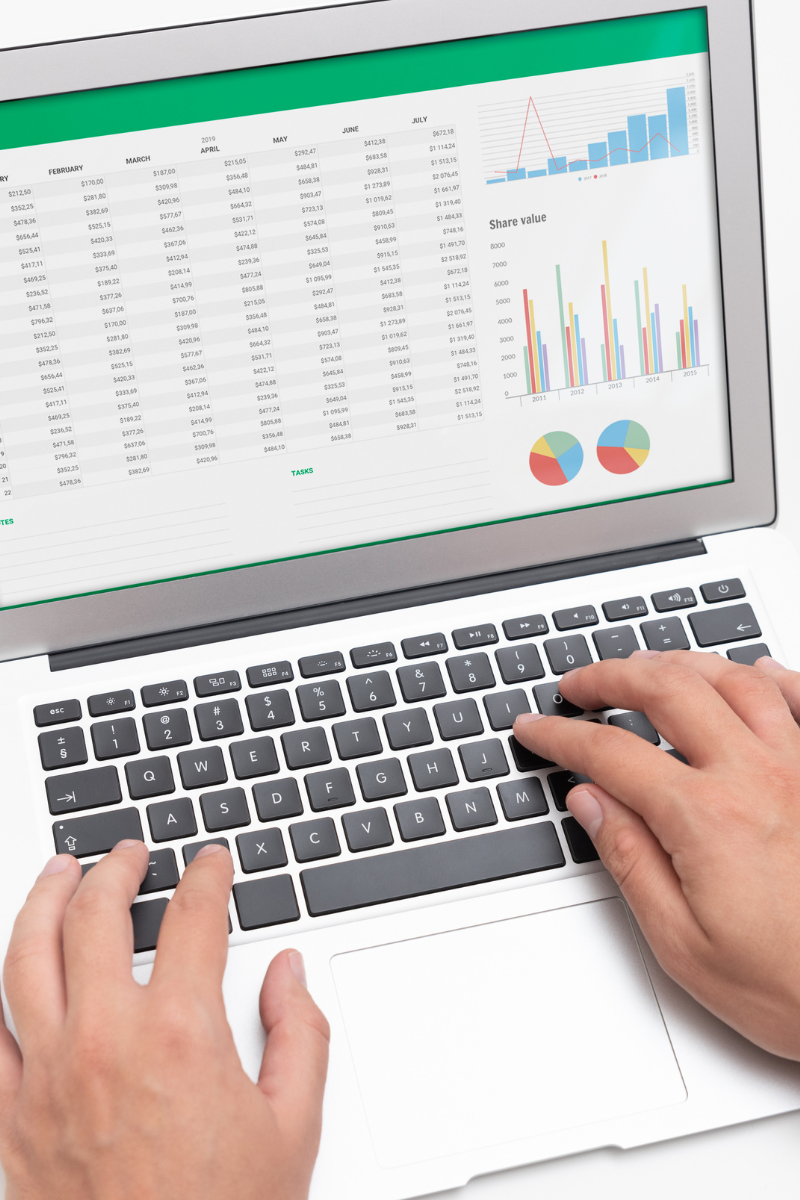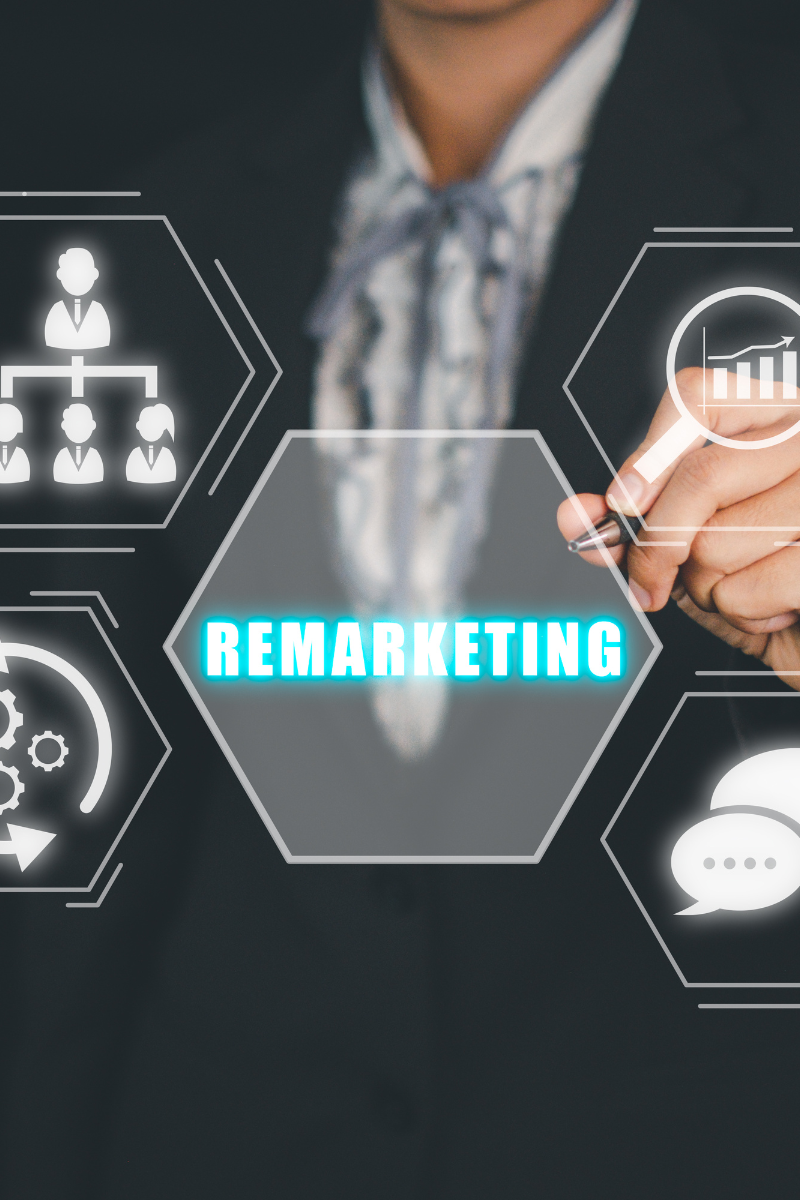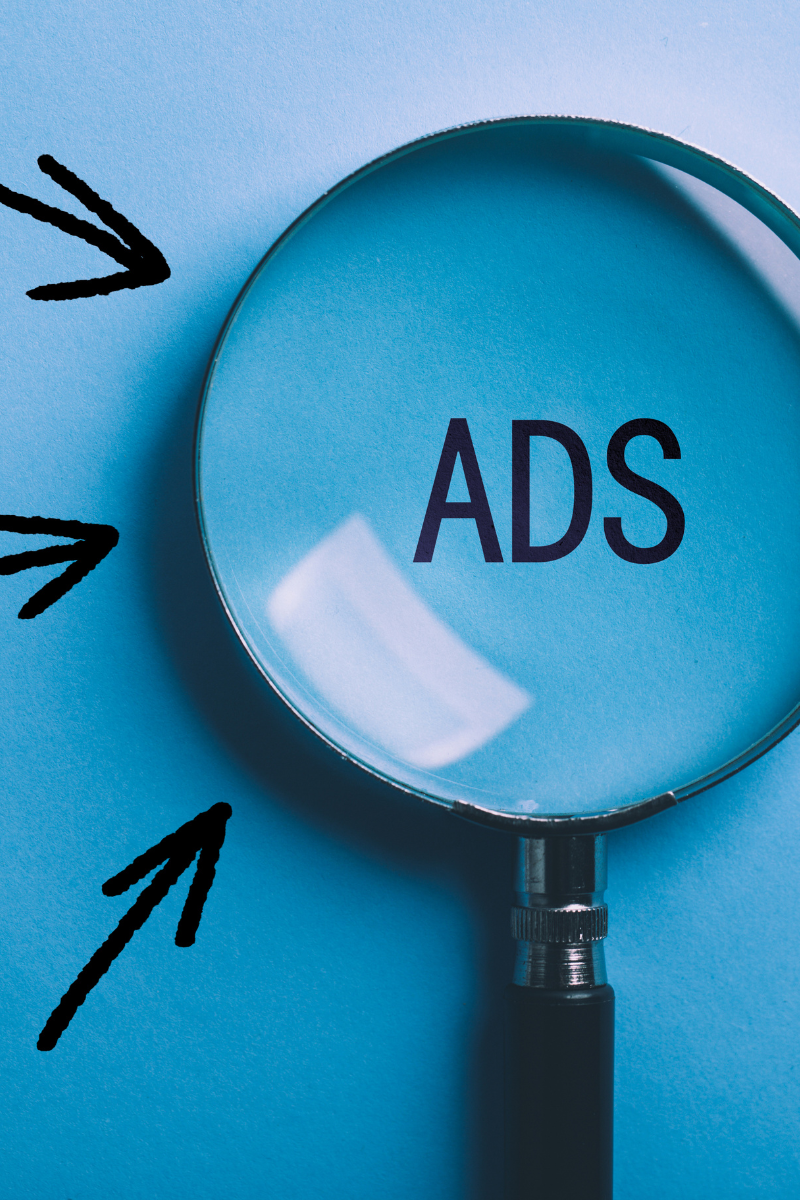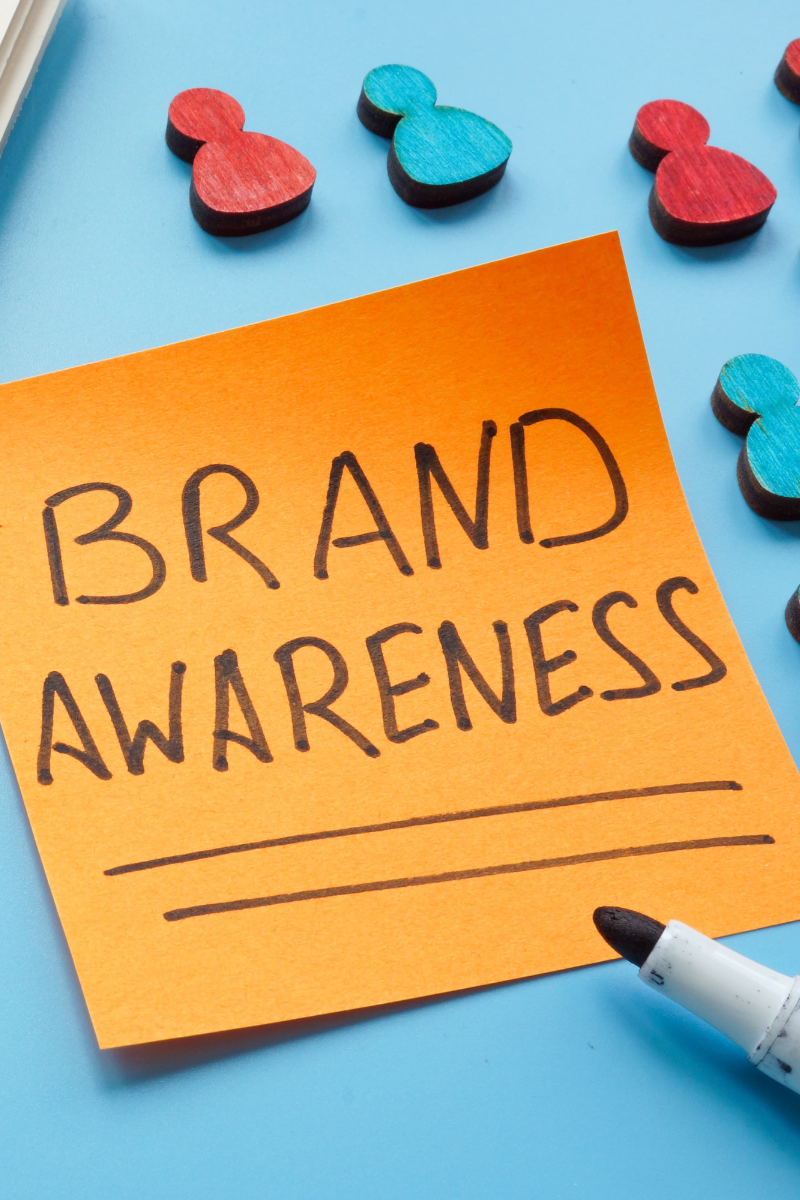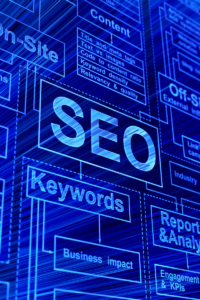5 Things Every Brand Should Know About Trump’s Tariffs
Marketers are no strangers to adapting in times of volatility. Over the past few years, we’ve steered brands through global health crises, political shifts, and economic headwinds—building a toolkit of strategies to stay agile and connected with consumers. Now, that toolkit is being tested once again.
Rising trade tensions and proposed tariffs on imports from countries like China, Mexico, and Canada are creating new uncertainties for businesses of all sizes. While much of the focus has been on manufacturing and supply chains, these developments also raise important questions for marketers.
Much like inflation or a market downturn, the question isn’t whether these changes will affect marketing—it’s how to respond. Here are five things every brand should know about the evolving tariff landscape and what it means for your marketing strategy.
What are Tariffs and What’s Changing?
Tariffs are taxes on imported goods, often used to incentivize domestic production or influence global trade negotiations. When tariffs rise or expand, they impact material costs, manufacturing timelines, and ultimately, consumer pricing. Under new proposals from the Trump administration, the following changes are set to take effect:
-
Japan: A 24% reciprocal tariff was placed on Japanese goods, drawing sharp criticism from Tokyo. Japan and the U.S. are preparing for ministerial-level talks, which will also address a separate 25% tariff on car imports.
-
European Union: The EU has agreed to pause new tariffs on €20.9 billion ($23 billion) worth of U.S. goods for 90 days, aligning with President Trump’s temporary suspension of tariffs on select trade partners.
-
China: The U.S. has imposed an additional 34% tariff on Chinese imports on top of existing levies—including a previous 20% fentanyl-related duty—bringing the total effective tariff rate on Chinese goods to 145%.
-
Canada and Mexico: Both countries are exempt from the new 10% tariff under Trump’s revised “reciprocal tariff” policy. However, the existing 25% duty on imports not covered by the USMCA remains in place.
These policies are designed to match what the U.S. says it faces from its trade partners and signal a more aggressive shift in global trade policy. Whether these actions are renegotiated or escalated, they raise important questions for marketers who need to plan for pricing changes, shifting demand, and supply chain unpredictability.
Why Marketers Should Pay Attention to Tariffs
Tariffs can influence everything from production and pricing to how and when brands go to market. When tariffs drive up the cost of goods and materials, companies often pass those costs down the line. That has a direct and indirect impact on marketing teams. For marketing professionals, this translates into direct and indirect impacts on planning, strategy, and performance.
1. Higher Prices = Lower Consumer Spending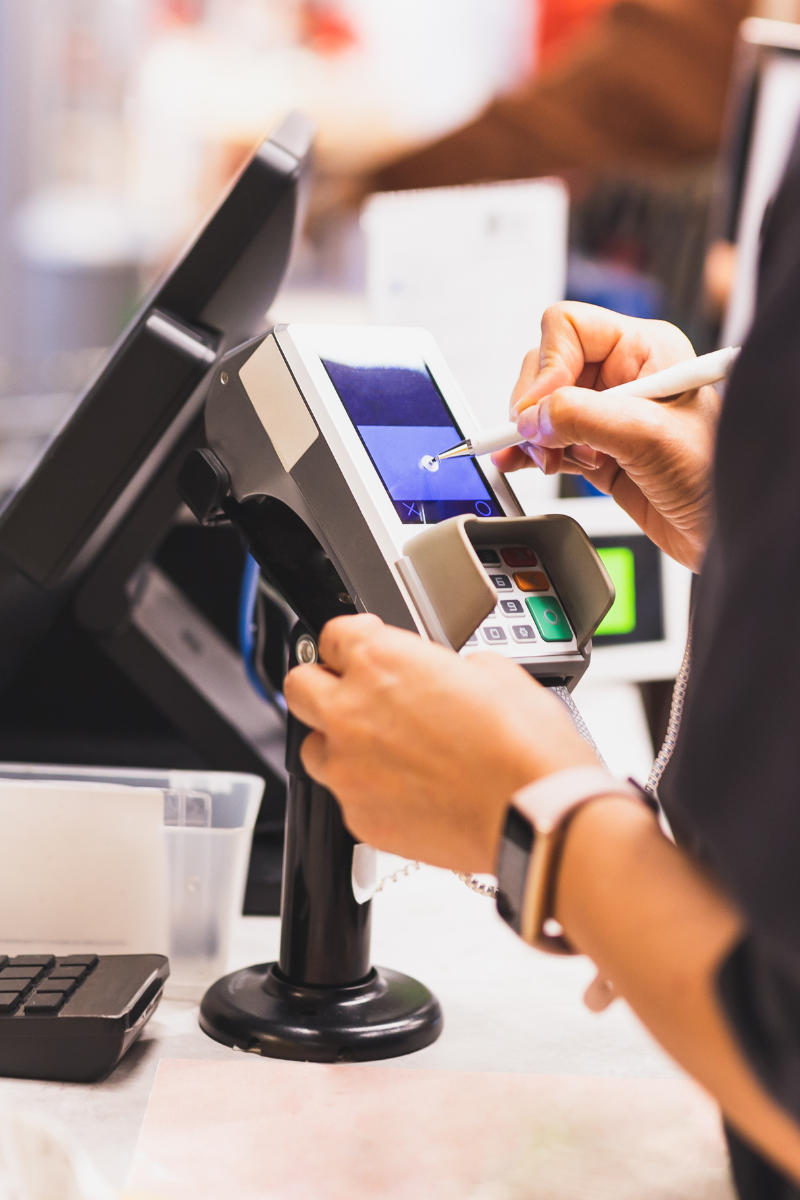
Tariffs tend to raise the price of consumer goods. For example, if the cost of electronics or apparel increases due to import taxes, consumers may spend less or become more price-sensitive. This affects marketing strategies in several ways:
- Reduced ROAS: Marketers may see lower return on ad spend if consumers are less willing to convert.
- Budget cuts: Brands may reallocate or shrink marketing budgets to offset increased production or shipping costs.
- Shifting demand: Messaging and promotions may need to shift toward value-driven campaigns.
2. Digital Ad Budgets May Tighten
Economic uncertainty often leads to tighter controls on company spending—including marketing budgets. According to Gartner’s 2024 CMO Spend Survey, only 24% of CMOs said they had a sufficient budget to execute their 2024 strategy. Marketing budgets dropped from an average of 9.1% of company revenue in 2023 to 7.7% in 2024, a fall of 15% year over year. Tariff-driven price increases may amplify that trend. In this environment, marketers may experience:
- More scrutiny on ad spend performance.
- Increased competition in paid channels.
- A stronger emphasis on cost-per-click (CPC) and return on ad spend (ROAS) metrics.
3. Navigating Potential Global Supply Chain Disruptions
Marketers must remain agile and ready to adapt their plans quickly based on product availability. Brands that depend on imported goods may face supply chain bottlenecks or increased delivery timelines due to new tariffs. This could lead to:
- Delayed product launches.
- Paused or reworked ad campaigns.
- Inconsistent inventory or fulfillment challenges.
Industry Spotlight: Who Will Be Affected?
E-Commerce & DTC Brands
Direct-to-consumer (DTC) brands, especially those sourcing from Asia, may feel the brunt of tariff-related increases in production and shipping costs. These businesses may need to:
- Adjust pricing or packaging.
- Shift toward domestic suppliers.
- Emphasize loyalty and retention campaigns to balance rising CAC.
Technology and Consumer Electronics
Electronics and tech products often rely on components sourced from multiple countries. Tariffs on any part of the supply chain could cause cost increases and stock delays, requiring proactive communication and realignment of marketing priorities.
B2B and Manufacturing-Centric Businesses
If your company or clients are involved in manufacturing or industrial goods, you may see reduced spending on marketing services and digital ads as businesses reallocate resources internally.
How Marketing Strategies Can Adapt to Tariff Changes
Regardless of the outcome of trade negotiations or tariff implementations, marketing teams can take steps today to remain resilient and adaptive:
1. Audit Your Supply Chain and Ad Costs
Understand where your products originate and how cost fluctuations may impact your margins. Review your advertising mix and be ready to adjust based on budget shifts.
2. Invest in Owned Media and Organic Growth
Leverage SEO, email marketing, blogs, and social media to help reduce reliance on paid acquisition. Owned media channels may provide compounding value and be a helpful buffer if you undergo ad budget cuts.
3. Enhance First-Party Data Strategy
Focus on customer retention, loyalty, and LTV (lifetime value) through smart segmentation and personalized experiences. Building your email and SMS lists will be critical in uncertain times.
4. Stay Agile With Campaign Planning
Build modular, flexible campaigns that allow you to quickly change messaging, pause promotions, or target new audiences based on availability, pricing, or sentiment shifts.
Partner With a Data-Driven Marketing Agency
When change is the only constant, Onimod Global provides the clarity and agility your brand needs to move forward with confidence—even in times of economic uncertainty. We help businesses adapt to rapidly shifting conditions through analytics-first marketing strategies, platform flexibility, and continuous performance optimization. Our goal is to deliver results you can measure—regardless of shifting market conditions.
Here’s how we can help support your marketing goals through unpredictable times:
- Platform Agility: We develop omnichannel strategies that pivot quickly—whether reallocating budget from paid search to social or shifting focus from customer acquisition to retention.
- Market Intelligence: We stay ahead of industry trends to help adjust digital marketing strategies accordingly.
- Full-Funnel Strategy: From SEO and SEM to content and conversion optimization, we align your marketing efforts to real business outcomes—not just traffic and clicks.
Final Thoughts
Tariff policy changes may be out of your control, but how your brand responds is not. Whether you’re facing tighter margins, shifting consumer behavior, or disruptions to your supply chain, your marketing strategy should be built to adapt, not react.
At Onimod Global, we have decades of experience helping businesses stay agile, data-driven, and growth-focused. With the right partner, your brand can better navigate uncertainty and uncover new opportunities even in challenging conditions.
Ready to future-proof your marketing strategy? Contact us today to get started.
Tariffs and Marketing Strategies FAQs
How can tariffs affect my digital marketing strategy?
Tariffs can lead to increased costs and reduced consumer spending, which may result in lower conversion rates and stricter marketing budgets. This may require marketers to optimize campaigns, shift messaging, or reduce reliance on paid ads. Onimod Global can help you adjust your campaigns, find the most effective channels, and fine-tune your targeting strategy.
Should I pause my ad spend?
Instead of pausing, optimize your spending by targeting high-converting audiences through SEO or email. Our digital marketing team helps build agile, full-funnel strategies that prioritize efficiency. We help you reallocate your budget to the channels and tactics that deliver the greatest impact so you can stay visible without overspending.
What types of businesses are most at risk?
E-commerce retailers, tech companies, manufacturers, and businesses relying on international supply chains may be more likely to feel the effects of tariffs on both pricing and marketing strategy. Onimod Global works closely with brands to help build resilient marketing strategies, focusing on brand equity and scalable campaigns that can weather supply chain disruptions.
What are the best ways to prepare for tariffs?
Audit your suppliers and marketing costs, diversify traffic sources, strengthen retention efforts, and stay informed on trade policy developments. Partnering with an experienced marketing agency can help you stay agile. From proactive planning to campaign execution, we help businesses prepare for uncertainty by building flexible, data-driven marketing systems that can evolve alongside global events.
